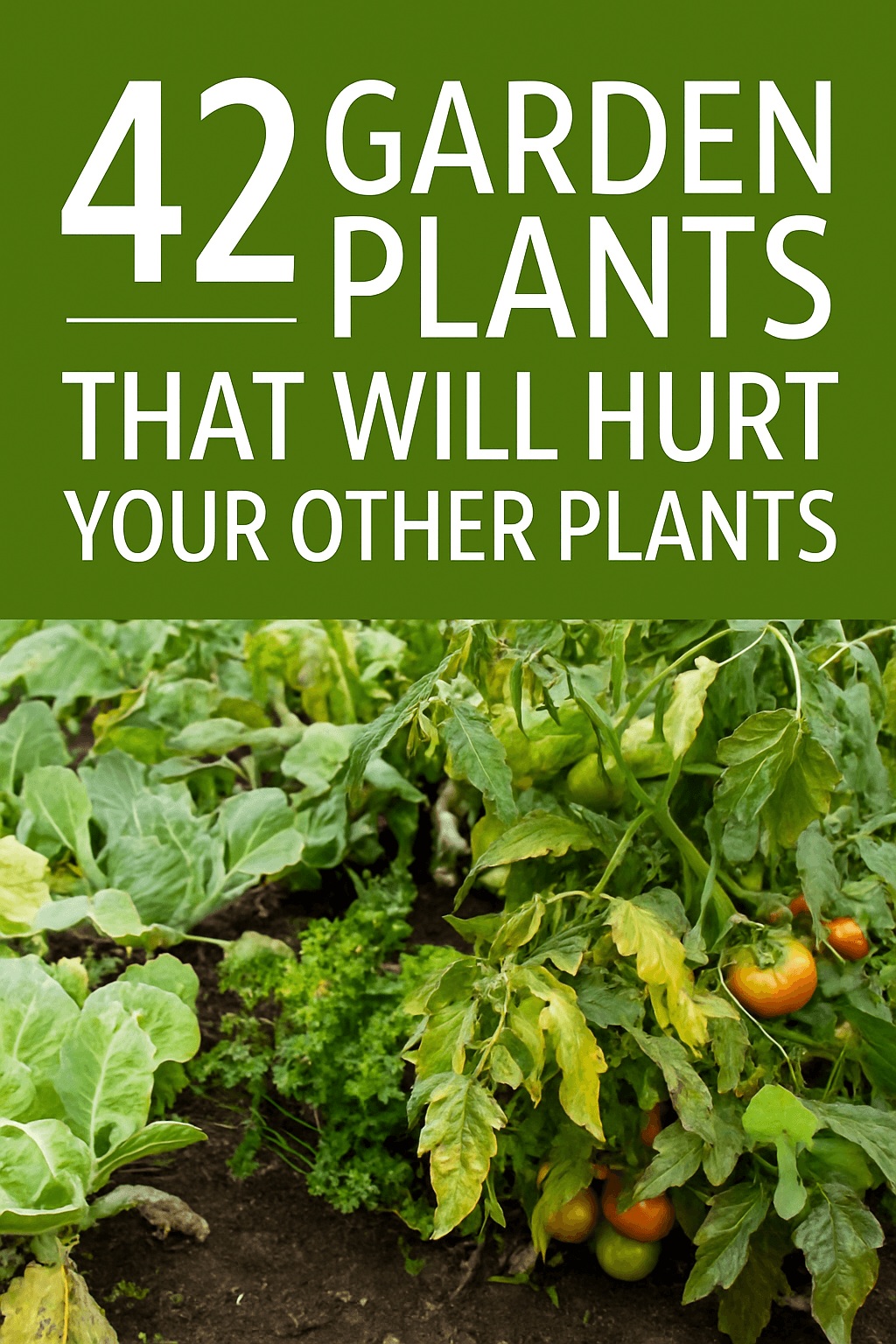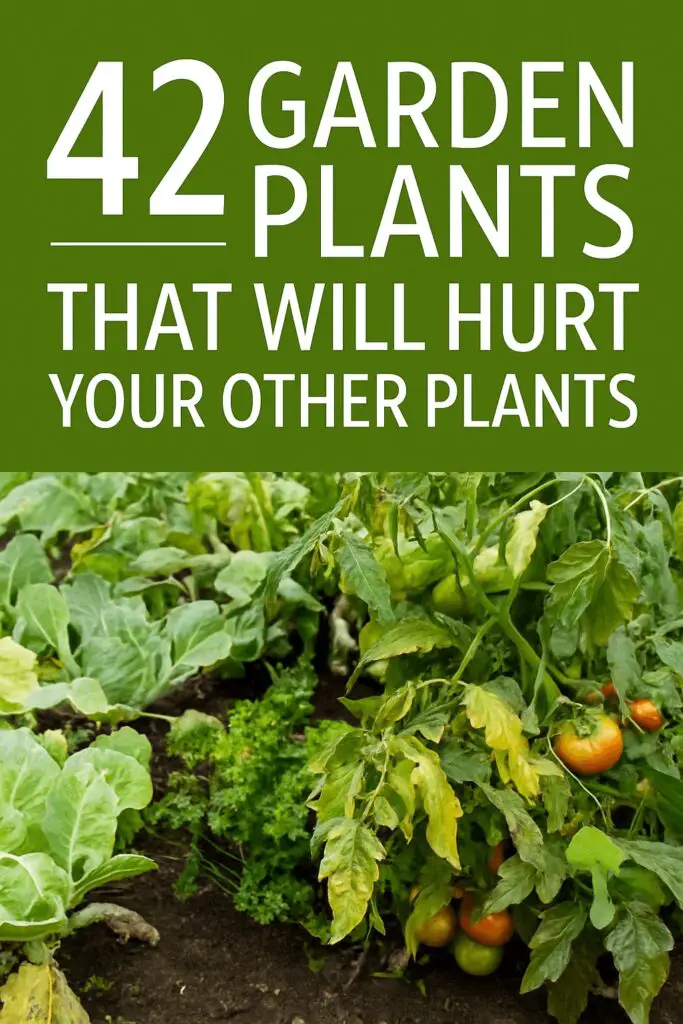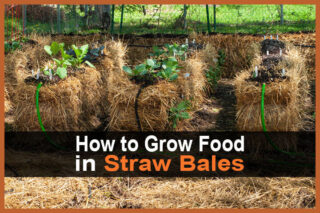Estimated reading time: 4 minutes
Have you ever noticed that certain plants in your garden seem to struggle for no clear reason? You water them, feed them, and weed around them, but they just don’t thrive. The problem might not be your gardening skills at all; it could be their neighbors.
Just like people, some plants get along great together, while others simply don’t. Gardeners call this companion planting, putting plants side by side to improve growth, boost yields, and reduce pests. But companion planting isn’t just about good neighbors. It’s also about avoiding the bad ones.
Some plants shade others out, compete for nutrients and water, or even release natural chemicals into the soil that slow nearby growth. Others attract pests that put their neighbors at risk. Knowing which plants to keep apart can mean the difference between a thriving garden and a disappointing harvest.
Below, you’ll find a breakdown of common garden plants and the neighbors they don’t get along with, plus a few explanations for why.
Want to save this post for later? Click Here to Pin It On Pinterest!
Asparagus
- Avoid planting near: fennel, garlic, or onions.
- Reason: Onions and garlic can stunt asparagus growth, while fennel is highly allelopathic (it releases chemicals that inhibit nearby plants).
- Good companions: marigolds, nasturtiums, parsley, and basil.
Beans
- Avoid planting near: broccoli, cauliflower, chives, garlic, kale, leeks, onions, and peppers.
- Reason: Alliums (onions, garlic, leeks, etc.) can interfere with bean root growth and reduce nitrogen fixation.
- Other conflicts: Pole beans and beets stunt each other’s growth, and sunflowers nearby will also slow beans down.
- Good companions: corn, squash, carrots, and potatoes.
Broccoli
- Avoid planting near: peppers, squash (including pumpkins), tomatoes, and strawberries.
- Reason: These crops compete for the same nutrients and attract pests that target broccoli.
- Good companions: onions, celery, beets, and herbs like dill and chamomile.
Cabbage (and Kale)
- Avoid planting near: basil, tomatoes, garlic, or strawberries.
- Reason: Tomatoes and basil attract pests that also feed on cabbage, while garlic can slow its growth.
- Good companions: rosemary, sage, thyme, and mint (all help repel cabbage moths). Also pairs well with beets, potatoes, peas, celery, and marigolds.
Carrots
- Avoid planting near: dill and celery.
- Reason: Dill and carrots are in the same family, and they cross-pollinate easily, reducing yield. Celery competes heavily for water.
- Good companions: peas and beans (for nitrogen), leeks, onions, radishes, parsley, and lettuce.
Cucumbers
- Avoid planting near: potatoes, cauliflower, and aromatic herbs like basil, rosemary, sage, or marjoram.
- Reason: Potatoes spread blight that affects cucumbers; strong-smelling herbs interfere with cucumber growth.
- Good companions: beans, peas, lettuce, radishes, dill, chives, nasturtiums, and tomatoes.
Tomatoes
- Avoid planting near: broccoli, cauliflower, cilantro, cucumbers, dill, eggplant, peppers, potatoes, and corn.
- Reason: Tomatoes are pest magnets, and many of these neighbors either attract the same pests or share diseases that can spread quickly. Corn is especially risky because it draws tomato hornworms.
- Good companions: carrots, basil, chives, celery, nasturtium, parsnip, onion, parsley, mint, and marigolds.
Other Notable Conflicts
- Beets → Avoid beans and mustard plants.
- Brussels sprouts → Avoid strawberries and tomatoes.
- Celery → Avoid parsnips and potatoes.
- Peas → Avoid garlic, leeks, chives, and onions.
- Potatoes → Avoid cucumbers, squash, melons, tomatoes, sunflowers, and turnips.
- Radishes → Avoid broccoli, Brussels sprouts, cabbage, cauliflower, potatoes, and turnips.
- Sunflowers → Avoid planting within 1 foot of other crops (they’re strongly allelopathic).
Quick Tips for Avoiding Bad Plant Neighbors
If remembering all the details feels overwhelming, keep these rules in mind:
- Mind the shade. Tall plants (like tomatoes or sunflowers) can block sunlight from smaller, sun-loving crops.
- Watch the feeders. Don’t group heavy feeders (like broccoli, cabbage, or corn) together, or they’ll strip the soil.
- Think pests. Avoid planting crops together that attract the same insects (like tomatoes and corn, both loved by hornworms).
- Beware allelopathy. Certain plants (fennel, sunflowers, black walnut trees) release chemicals that harm others.
- Rotate crops. Even good neighbors need breaks — don’t plant the same family in the same place every year.
Below you'll find a printable table with 42 common garden plants and the plants they shouldn't be near.
Note: This table does not indicate which plants harm which. For example, sage harms cucumber but cucumber doesn't harm sage, and the table doesn't say which does which–it just says that they should not be near each other.
| Primary Plant | Plants That Shouldn't Be By The Primary Plant |
|---|---|
| Asparagus | Fennel, Garlic, Onion |
| Basil | Cabbage, Cucumber, Kale, Rue |
| Beans (Bush) | Beets, Broccoli, Cauliflower, Chives, Garlic, Kale, Leeks, Onion, Peppers |
| Beans (Pole) | Beets, Broccoli, Cauliflower, Chives, Garlic, Kale, Leeks, Onion, Peppers |
| Beets | Beans (Bush), Beans (Pole), Mustard Greens |
| Broccoli | Beans (Bush), Beans (Pole), Peppers, Pumpkin, Radishes, Squash, Strawberries, Tomatoes |
| Brussels Sprouts | Radishes, Strawberries, Tomatoes |
| Cabbage | Basil, Garlic, Radishes, Strawberries, Tomatoes |
| Caraway | Dill |
| Carrots | Celery, Dill |
| Cauliflower | Beans (Bush), Beans (Pole), Cucumbers, Peppers, Pumpkins, Radishes, Squash, Strawberries, Tomatoes |
| Celery | Carrots, Parsnips, Potatoes |
| Chives | Beans (Bush), Beans (Pole), Peas |
| Cilantro | Tomatoes |
| Corn | Tomatoes |
| Cucumber | Basil, Cauliflower, Marjoram, Potatoes, Rosemary, Sage, Tomatoes |
| Dill | Caraway, Carrots, Tomatoes |
| Eggplant | Tomatoes |
| Fennel | Asparagus, Tomatoes |
| Garlic | Asparagus, Beans (Bush), Beans (Pole), Cabbage, Kale, Peas |
| Hyssop | Radishes |
| Kale | Basil, Beans (Bush), Beans (Pole), Garlic, Strawberries, Tomatoes |
| Kohlrabi | Peppers |
| Leeks | Beans (Bush), Beans (Pole), Peas |
| Marjoram | Cucumbers |
| Melons | Potatoes |
| Mustard Greens | Beets |
| Onions | Asparagus, Beans (Bush), Beans (Pole), Peas |
| Parsnips | Celery |
| Peas | Chives, Garlic, Leeks, Onion |
| Peppers | Chives, Garlic, Kohlrabi, Leeks, Onion |
| Potatoes | Chives, Garlic, Leeks, Onion, Pumpkins, Squash, Tomatoes, Turnips |
| Pumpkins | Broccoli, Cauliflower, Potatoes |
| Radishes | Broccoli, Brussels Sprouts, Cabbage, Cauliflower, Hyssop, Potatoes, Turnips |
| Rosemary | Cucumbers |
| Rue | Sweet Basil |
| Sage | Cucumbers |
| Squash | Broccoli, Cauliflower, Potatoes |
| Strawberries | Broccoli, Brussels Sprouts, Cabbage, Cauliflower, Kale |
| Sunflowers | Beans (Pole) |
| Tomatoes | Broccoli, Brussels Sprouts, Cabbage, Cauliflower, Cilantro, Corn, Cucumbers, Dill, Eggplant, Fennel, Kale, Peppers, Potatoes |
| Turnips | Potatoes, Radishes |
Like this post? Don't Forget to Pin It On Pinterest!
You May Also Like:












